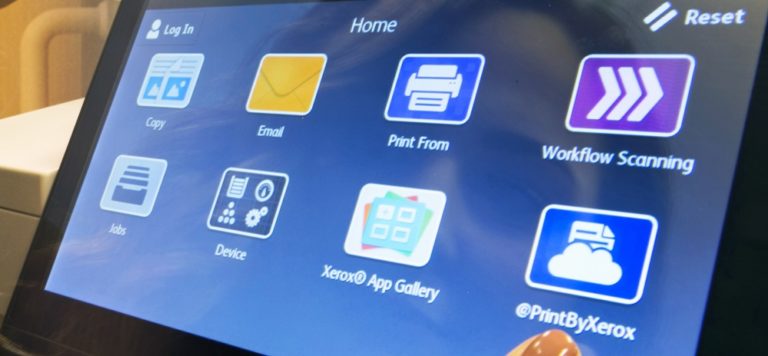By Matt Darst

‘Tis the season for reflection and planning. Our experiences and hopes guide our New Year’s resolutions, and these resolutions serve to direct and measure our progress toward improving ourselves and our environment. To put it in the context of mobility, if we don’t consider where we stand and how we got here, we’ll certainly lose sight of the trends that shape our path forward.
There have been a number of highlights this past year for Xerox Transportation. We demonstrated expertise in data analytics and vehicle-to-infrastructure communications at Mcity, the University of Michigan’s one-of-a-kind test site for connected and automated vehicles. Our parking project in Indianapolis, ParkIndy, was awarded the P3 Award for Best Operational Project due to improved customer convenience and revenue growth. The city has witnessed increased revenue every year since the partnership began in 2011 and has reinvested in infrastructure improvements as a direct result of these efforts. Soon we’ll pilot a new trip planning app in Los Angeles and Denver. The app will help residents and visitors make more environmentally-friendly, cost-effective, and efficient transportation decisions based on their unique preferences – keep a look out for that in 2016.
As we prepare for the coming year, I suspect that connected and autonomous vehicles, mobile payment apps, and the sharing economy will shape how we think about and experience parking and mobility. I shared some predictions about what’s coming in transportation with Dave Nyczepir at Government Executive’s Route Fifty a few weeks ago, and I present them here for your consideration.
- We are at least 10-15 years away from driver-less cars cruising the streets in most cities. There are really three challenges: the technology, municipal policy, and the “driver” (or the individual or system in control of the vehicle.) Fog, rain, and snow interfere with navigational lasers and cameras. Self-driving cars require a virtual track, so municipal parades, street closures for events, and construction will need to be tightly regulated. Additionally, distracted drivers may be too disengaged to take control of a car during an emergency. Developers may need to skip that stage in development, moving instead toward full autonomy.
- Parking meters will fade away. Due to the growth of app payments, the alternative uses of metered spaces and strained municipal budgets, cities will have no choice but to allocate less for meter purchases and support. Don’t get too excited though; that doesn’t mean that metered parking will go away. The footprint of physical meters will shrink as more people use apps to pay for their parking stay. Soon, vehicles will detect when they’re parked in a metered space, and the car will automatically pay for parking using your credit card or account. You’ll be charged only for the time you park, with your session ending as you drive away.
- Tax credits and subsidized parking will boost ride-sharing among the poor. Despite declining costs, owning a car can still be a crippling burden, especially for those less fortunate. Cars, though, are critical to access schools and jobs, and a path out of poverty. To solve “the last mile problem” for those in need, government will likely promote car-sharing through tax credits and other incentives. Municipalities will seek to monetize their unused parking lots by giving car-sharing companies cheap access.
What other trends do you see shaping transportation in 2016? Share with us in a comment below or tweet to @XeroxTransport.
Subscribe to this blog and receive email updates when we publish a new article.




[…] L’article original de Matt Darst est paru sur le blog SimplyWork […]